Media | Articles
2024 Polestar 2 goes rear-wheel-drive, adds power and range
Big changes are coming to the Polestar 2. Though the upstart electric brand has made a number of tweaks to its lineup since its first cars hit the market in 2019, the Polestar 2 liftback EV is getting rear-wheel drive, a larger battery, faster charging, new electric motors, more range, a redesigned front end, and some slight changes to its wheel and tire packages.
Let’s start with the aesthetic glow-up, which is more of a nose job than anything else. Replacing the more traditional slatted, black contrast grille is a body-color panel, that Polestar calls its “SmartZone,” set to also appear on the upcoming Polestar 3 three-row SUV. The piece features an integrated camera as well as radar sensors for the vehicle’s active safety features. If you’ve seen Volvo’s grille-less XC40 Recharge out on the road, you get the idea.

Underneath there are more dramatic upgrades. Both Single- and Dual-Motor versions of the Polestar 2 come with new permanent-magnetic electric motors and inverters that provide more power and torque than before. The base model sees its electric motor move to the rear axle, yielding the first Polestar with rear-wheel drive. Output improves from 231 hp and 243 lb-ft of torque to 299 hp and 361 lb-ft, which shaves the 7.0-second 0–60 mph sprint down to 5.9 seconds. Thanks to a larger battery (82 kWh from 78 kWh), expected EPA-rated range improves from 270 miles to 300 miles and maximum charging speed increases from 155 kW to 205 kW.
The Dual-Motor Polestar 2 keeps its same 78-kWh battery, but range improves from 260 miles to 270 miles. A big piece of that puzzle is that the all-wheel drive system can now engage automatically as needed, allowing the vehicle to operate in rear-wheel-drive mode most of the time. When all four wheels are driven, the system now benefits from rear-biased torque distribution. Compared to the outgoing 2023 model, on which we happened to publish a review this week, output swells from 408 hp and 467 lb-ft of torque to 421 hp and 546 lb-ft. Zero-to-60 drops from 4.5 seconds to 4.3 seconds, and range increases from 260 miles to 270 miles. Max charging speed stays at 155 kW.
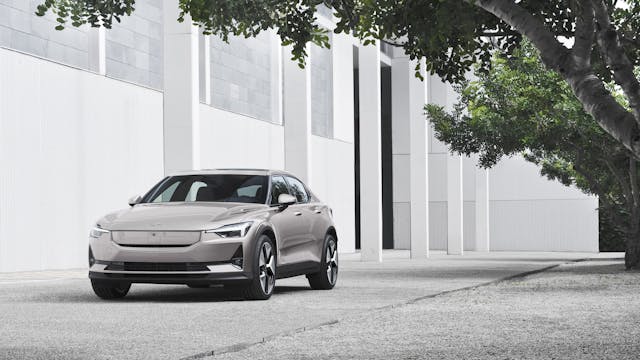
The optional Performance Pack continues, albeit with slight changes to its specs since output grew to 476 hp and 502 lb-ft of torque for the 2023 model year. For 2024, power is down a smidge to 455 hp but torque is up to 546 lb-ft, and 0–60 falls to 4.1 seconds from 4.2 seconds. Included are, still: Brembo brakes with four-piston front calipers and drilled discs, Öhlins Dual-Flow shocks with manual adjustment, 20-inch wheels (now with an updated design to match the upcoming Polestar 3), summer performance tires, and a unique powertrain tuning.
Marketplace
Buy and sell classics with confidence
Standard equipment now includes the Driver Awareness package (blind-spot monitoring with steering assist, rear collision warning and cross-traffic alert with automatic braking), and the Dual-Motor model now comes by default with the Pilot Pack (adaptive cruise control, 360-degree cameras, park assist, automatic dimming mirrors, LED front fog lights).
Polestar isn’t announcing pricing information just yet, but we expect that the current base price of $49,800 for the Single-Motor variant will climb, as will the Dual-Motor now that it includes the previously optional ($3400) Pilot Pack. Order books are now open, with deliveries slated to begin “later this year.”
Check out the Hagerty Media homepage so you don’t miss a single story, or better yet, bookmark it.

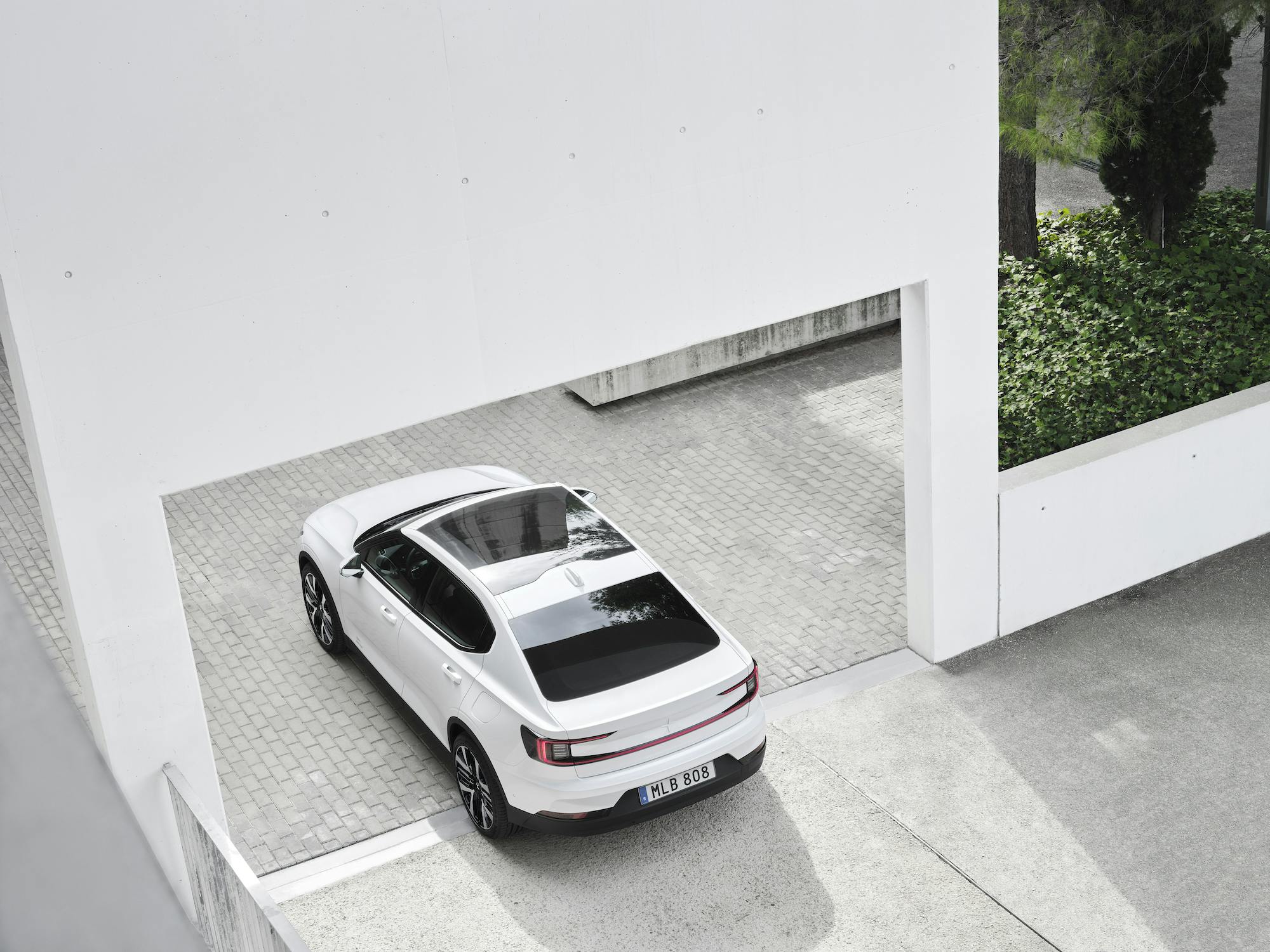
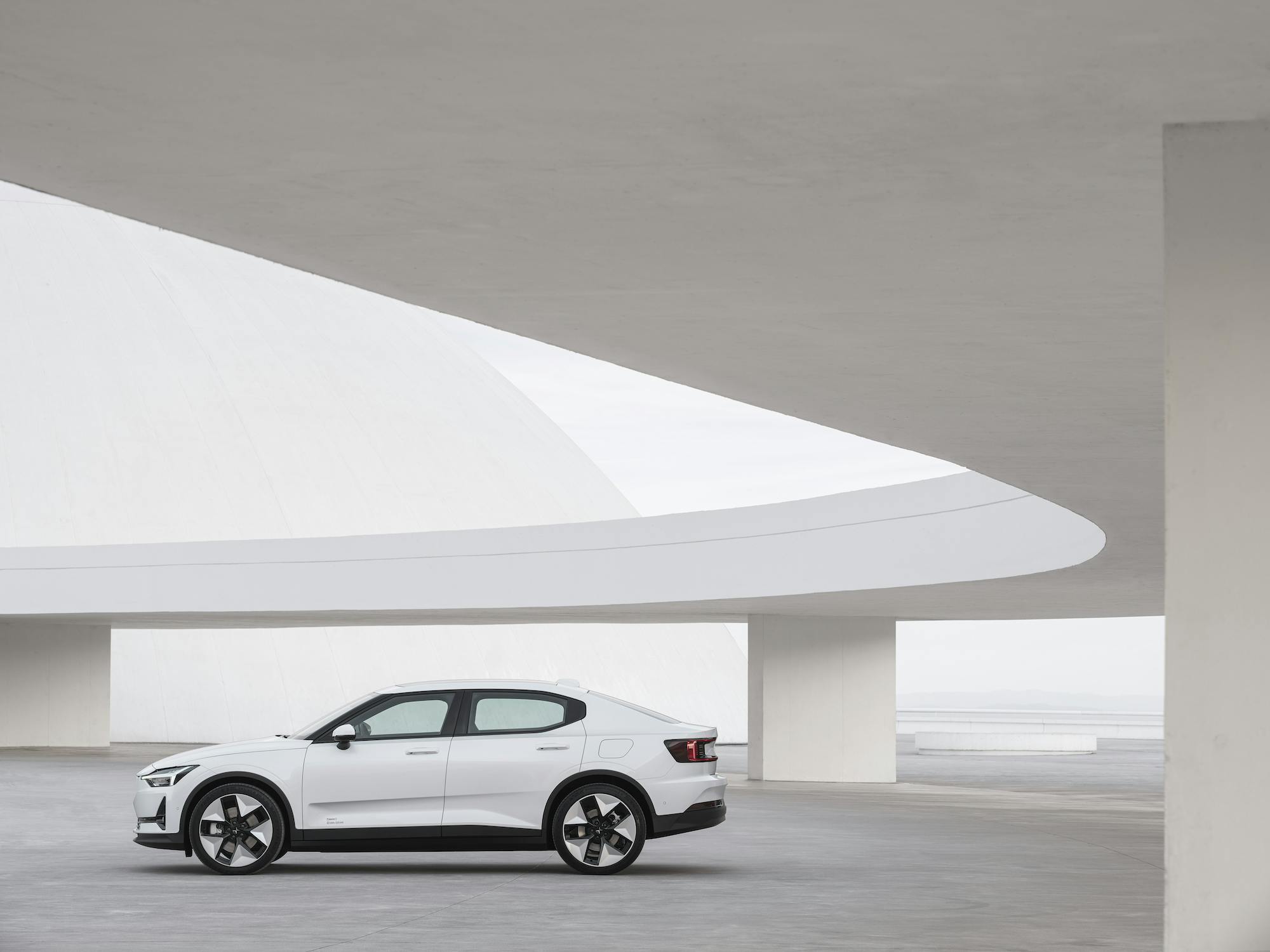
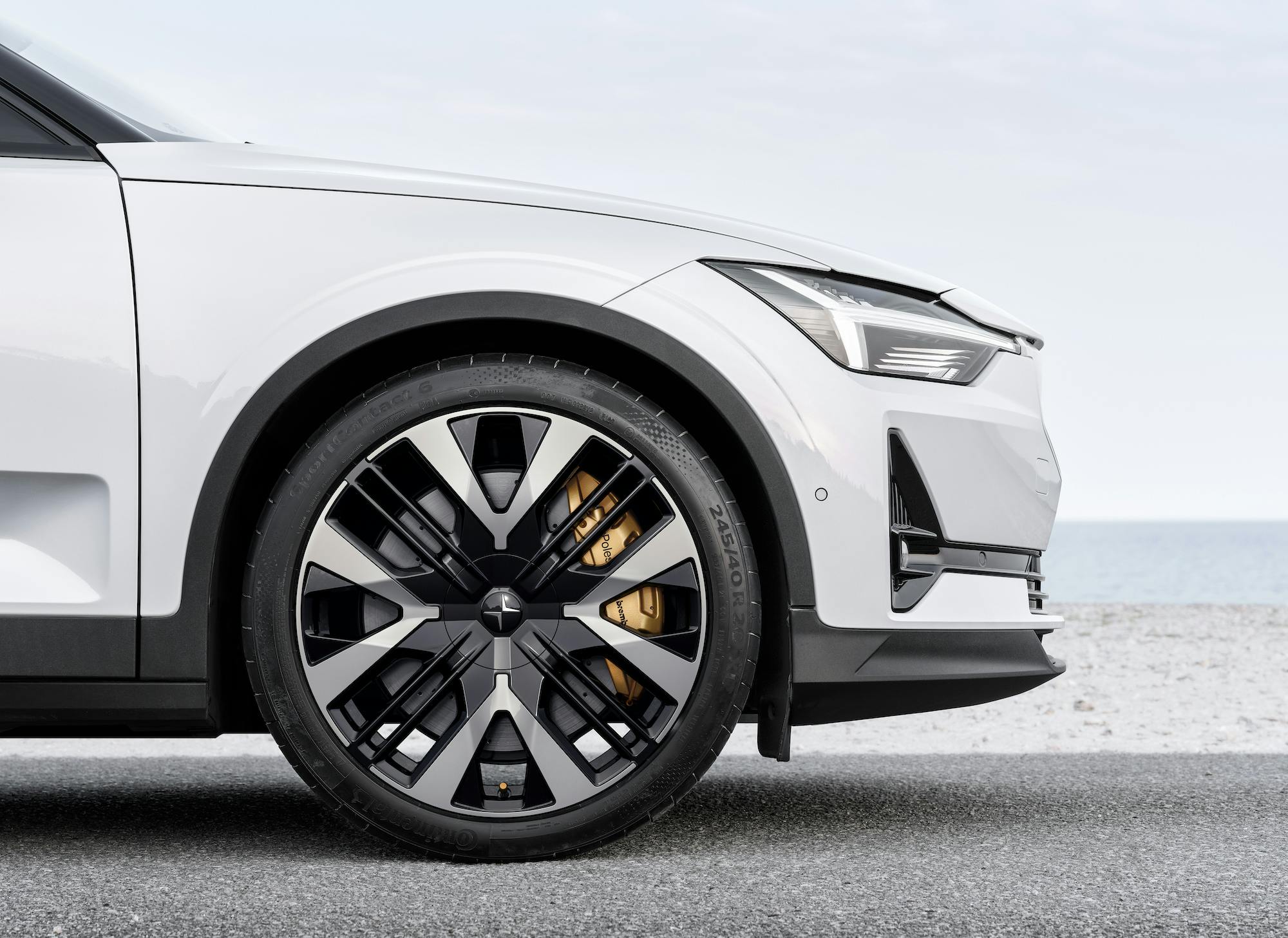










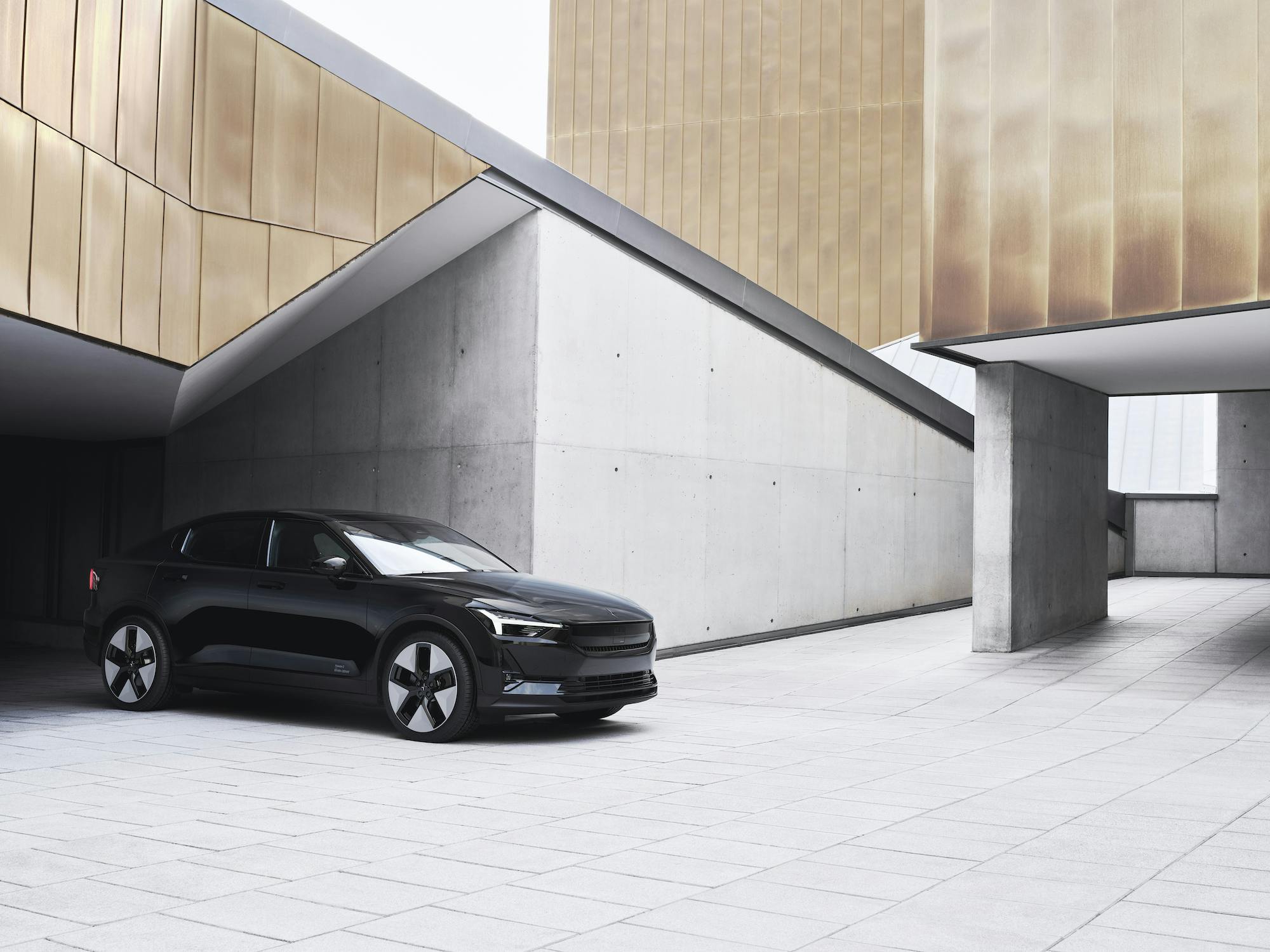
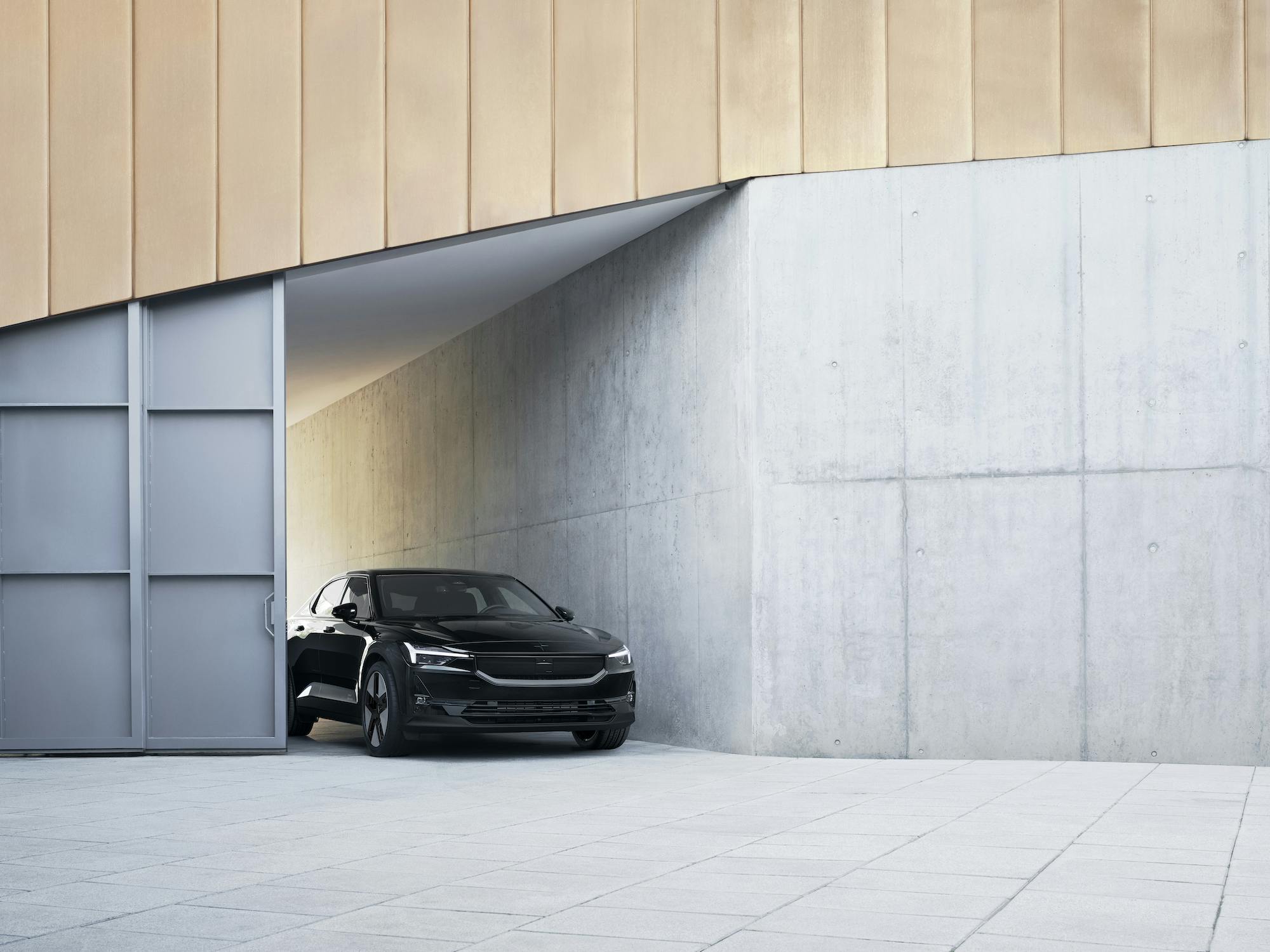
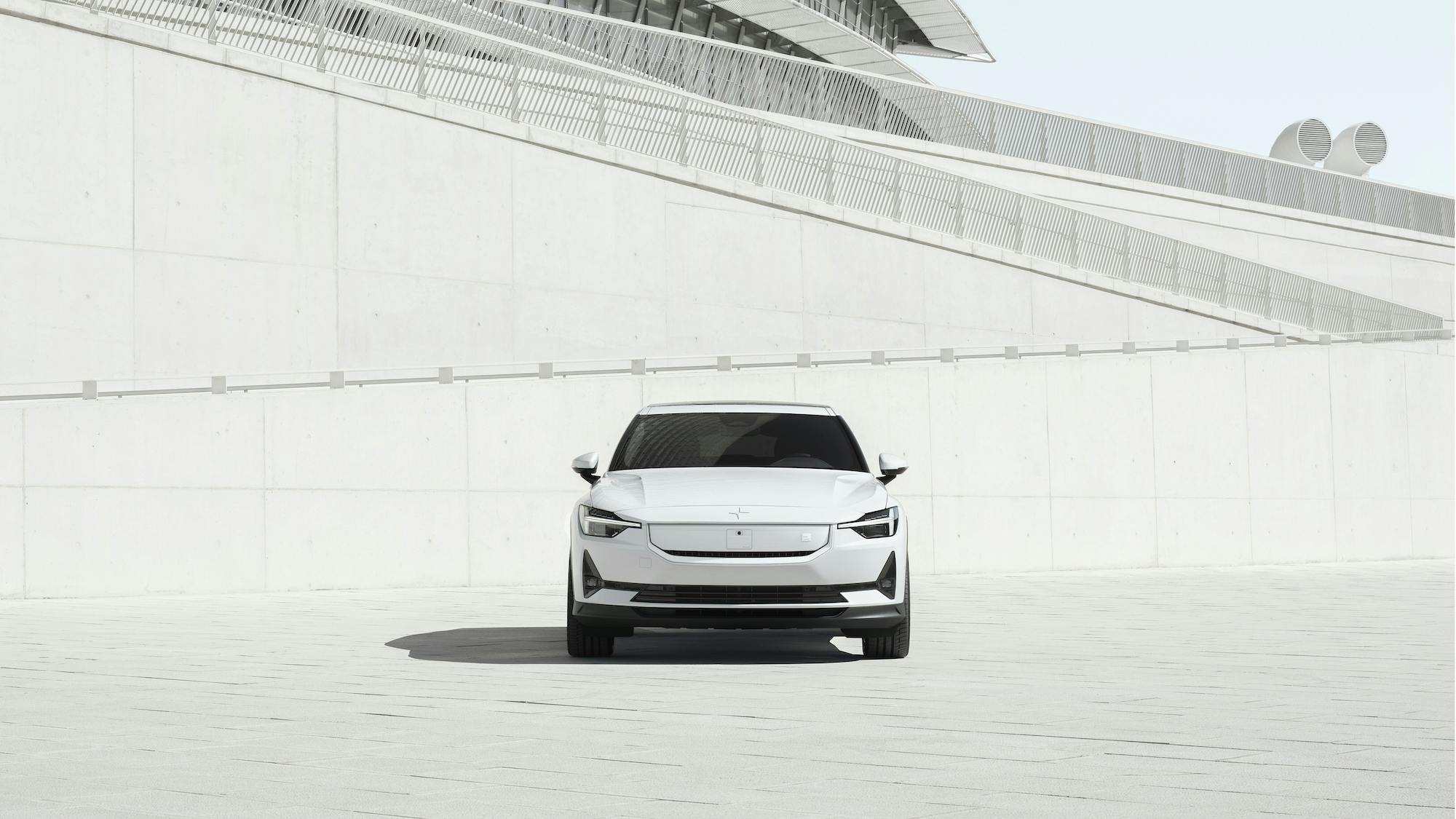










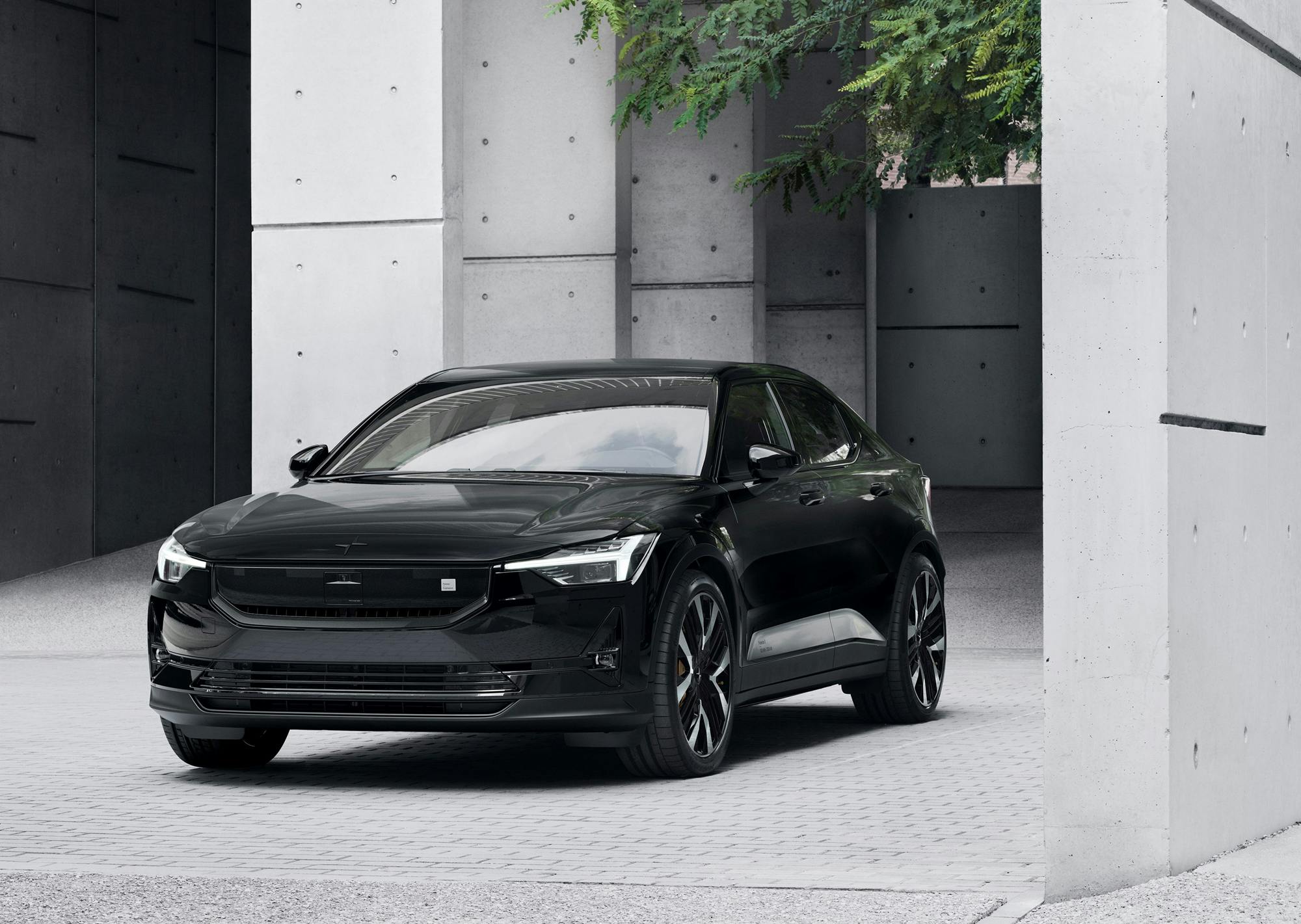
Looks like it’s got an identity crisis. Is it a sedan, or a SUV?